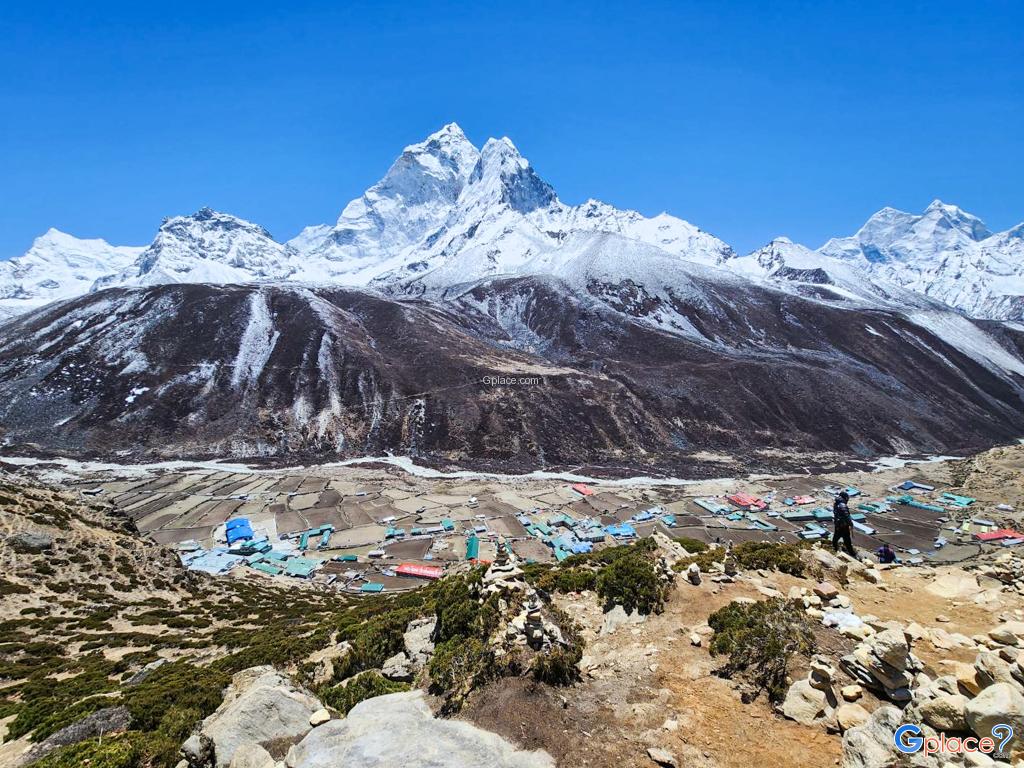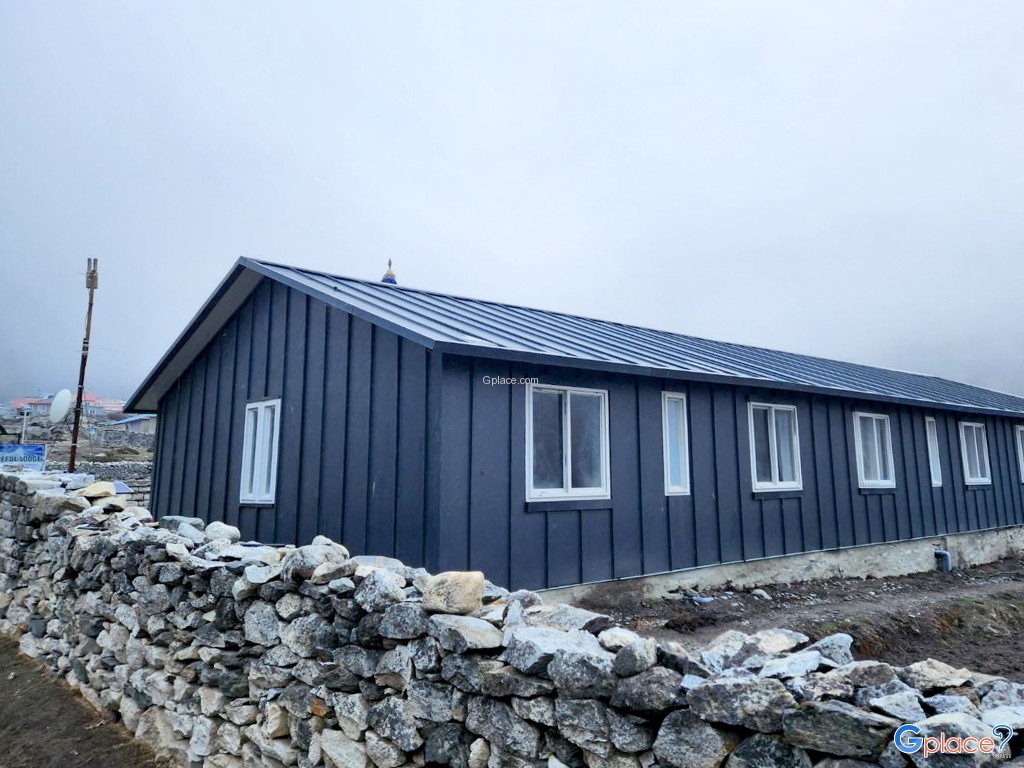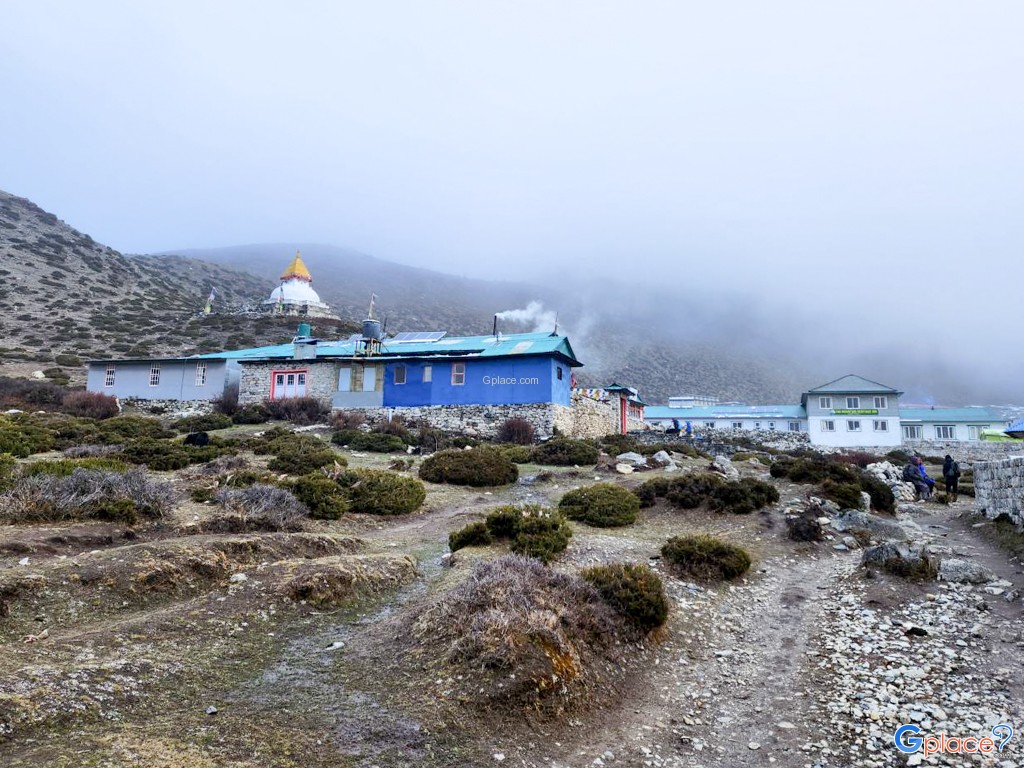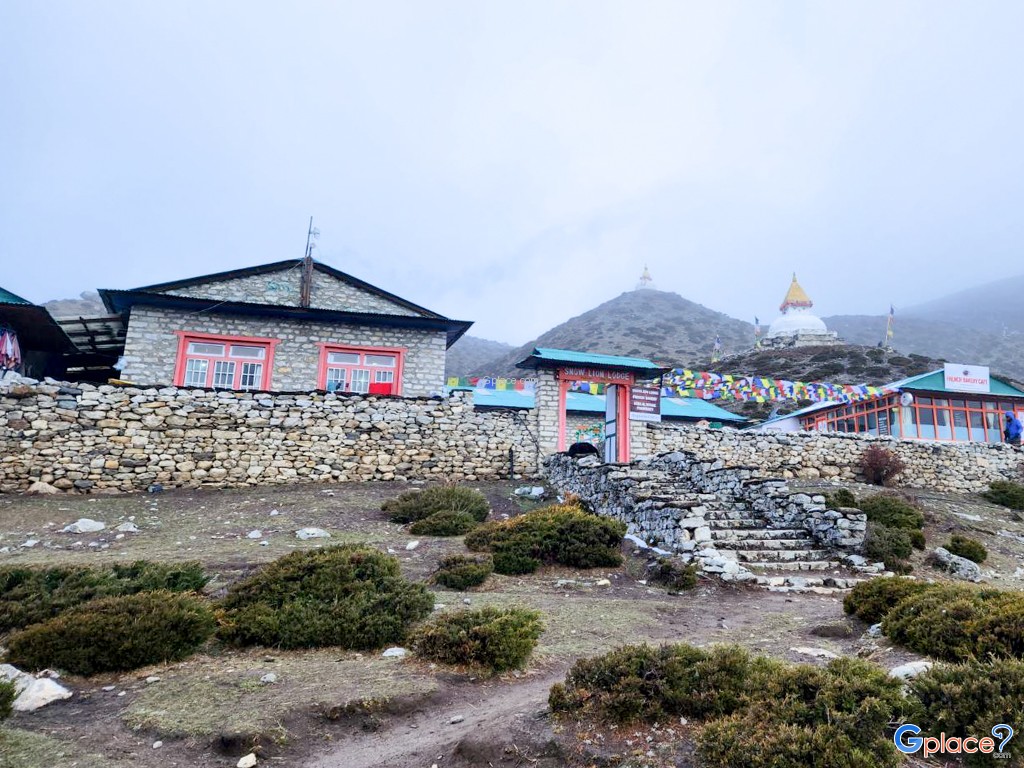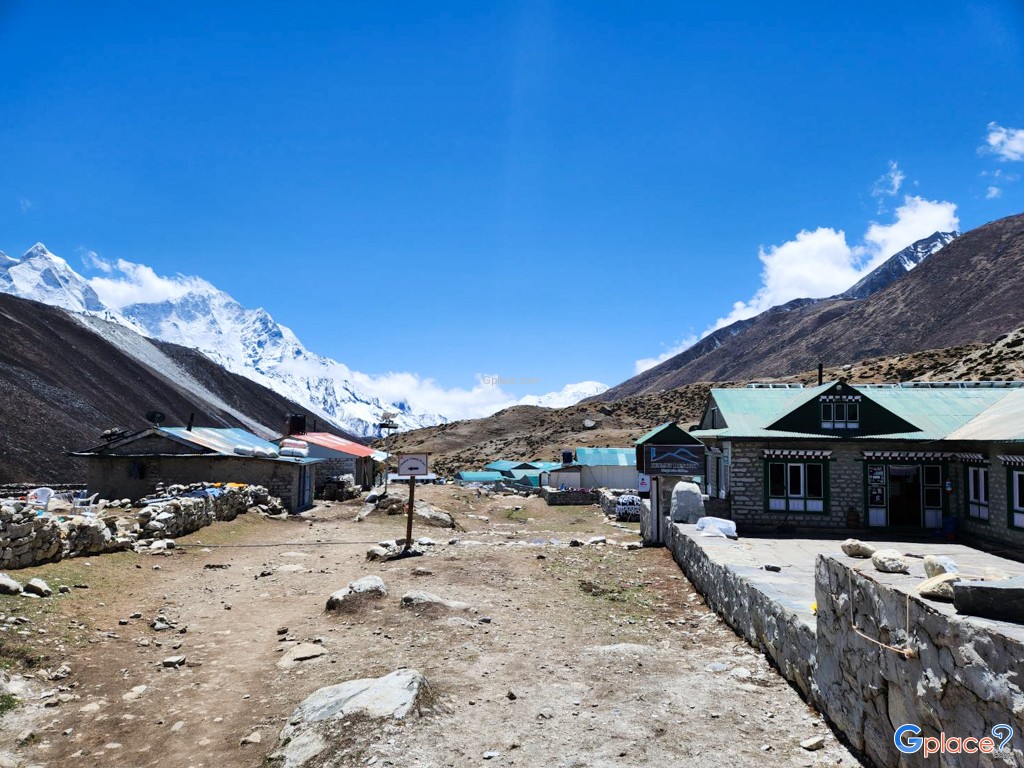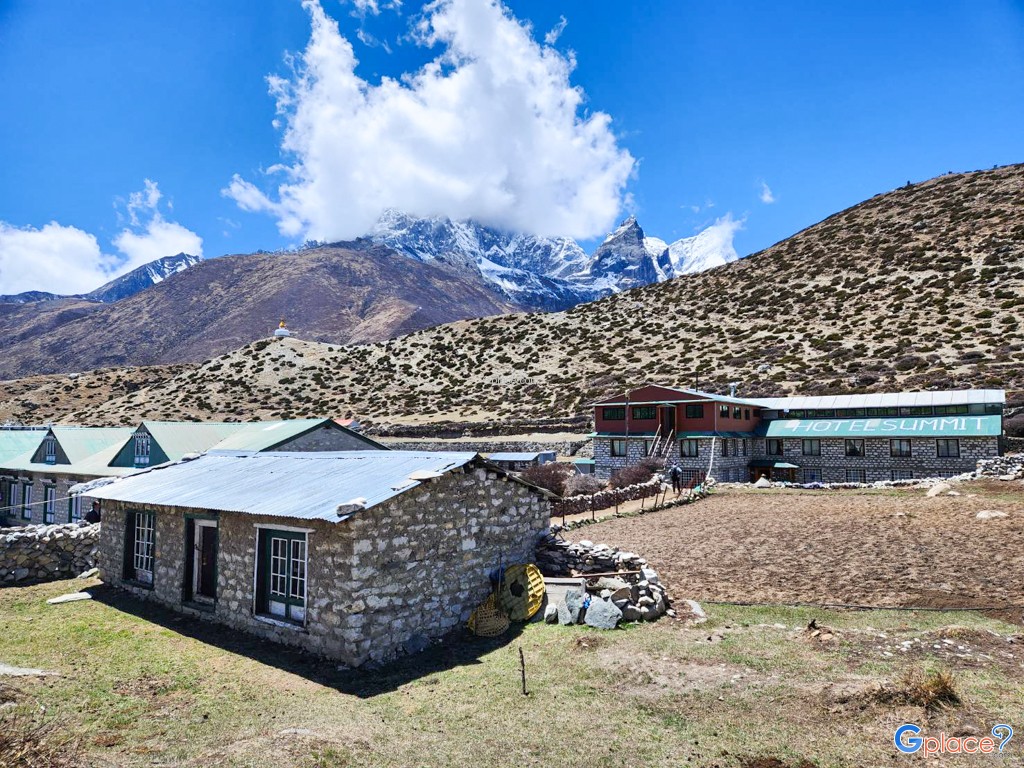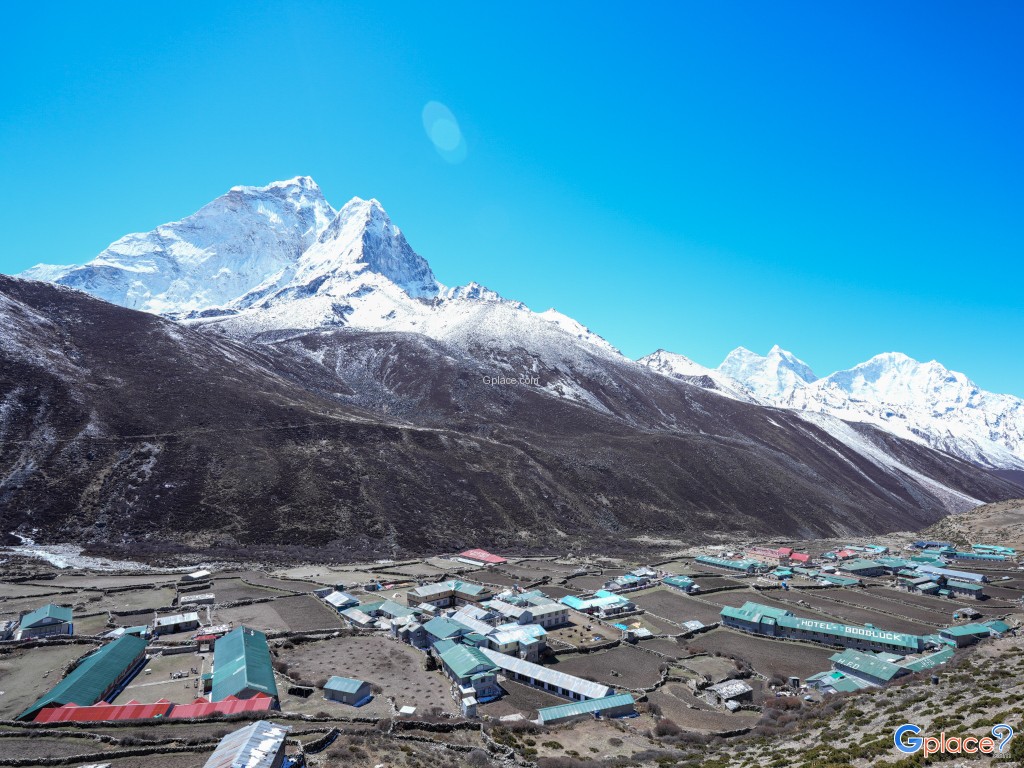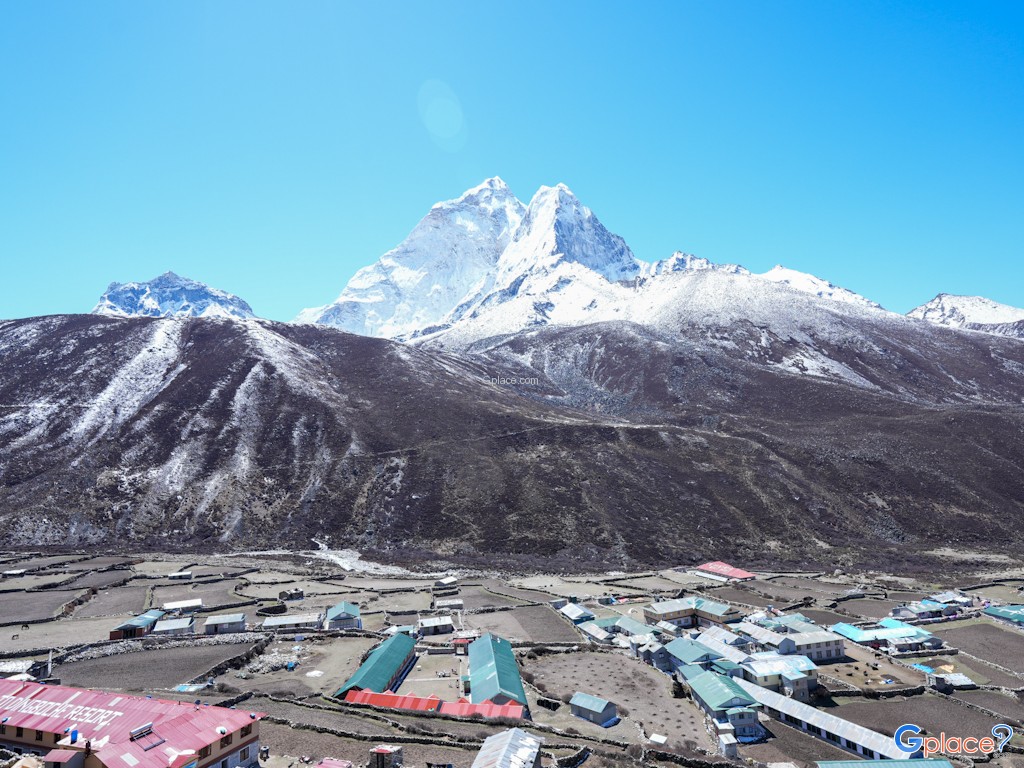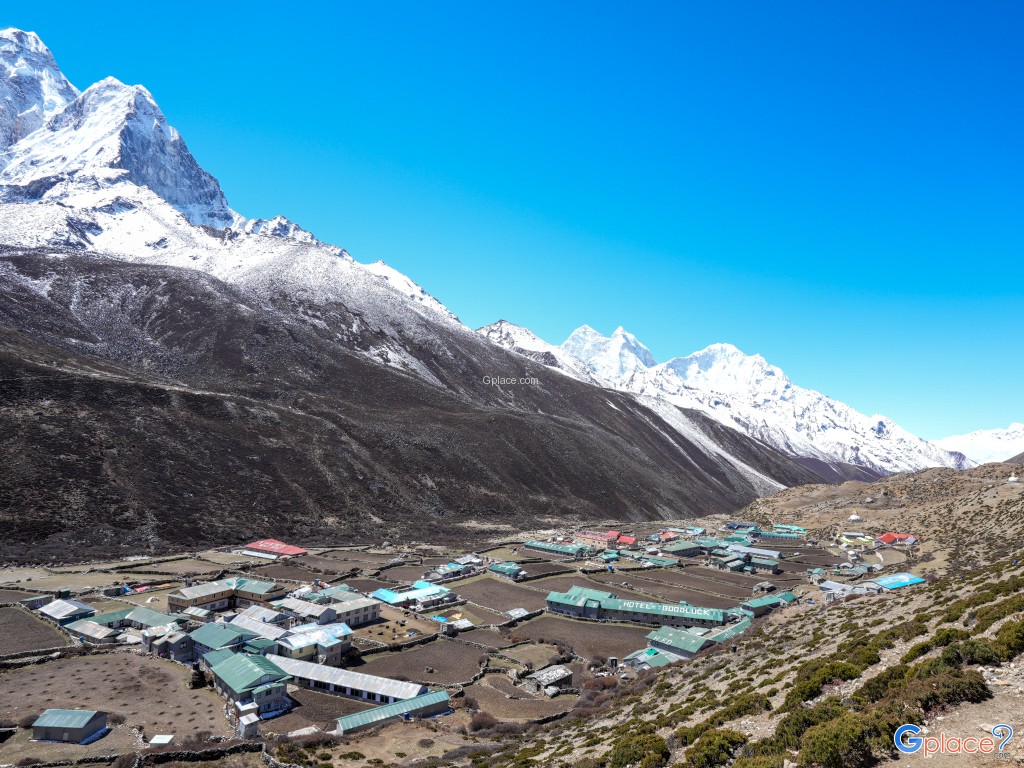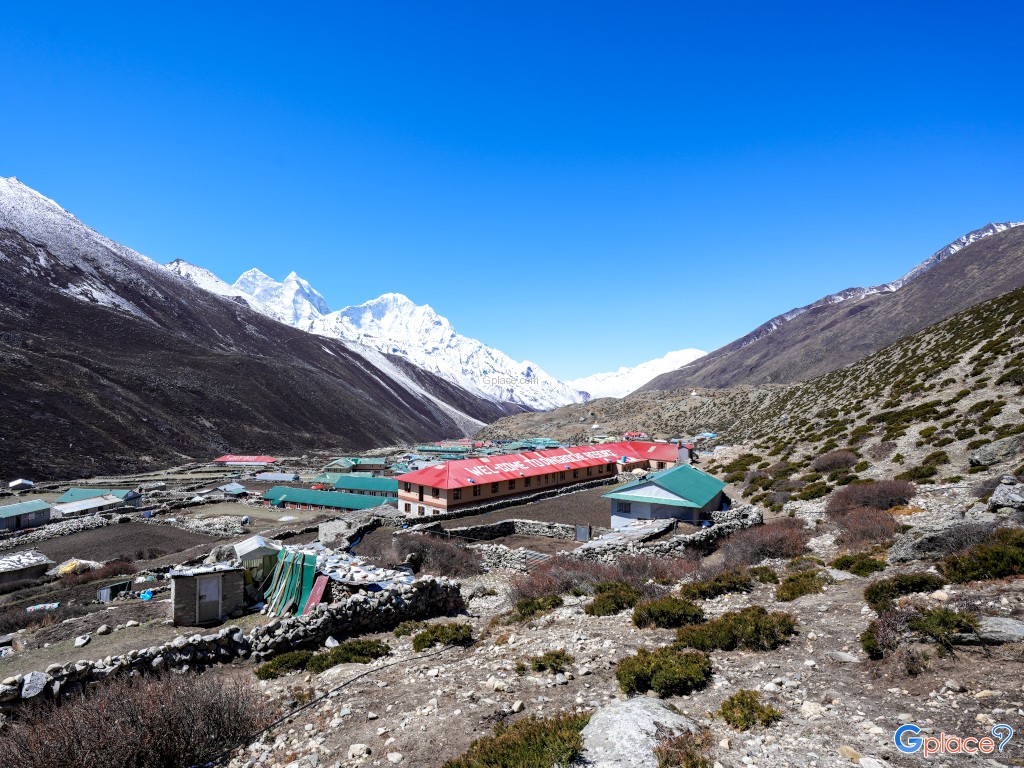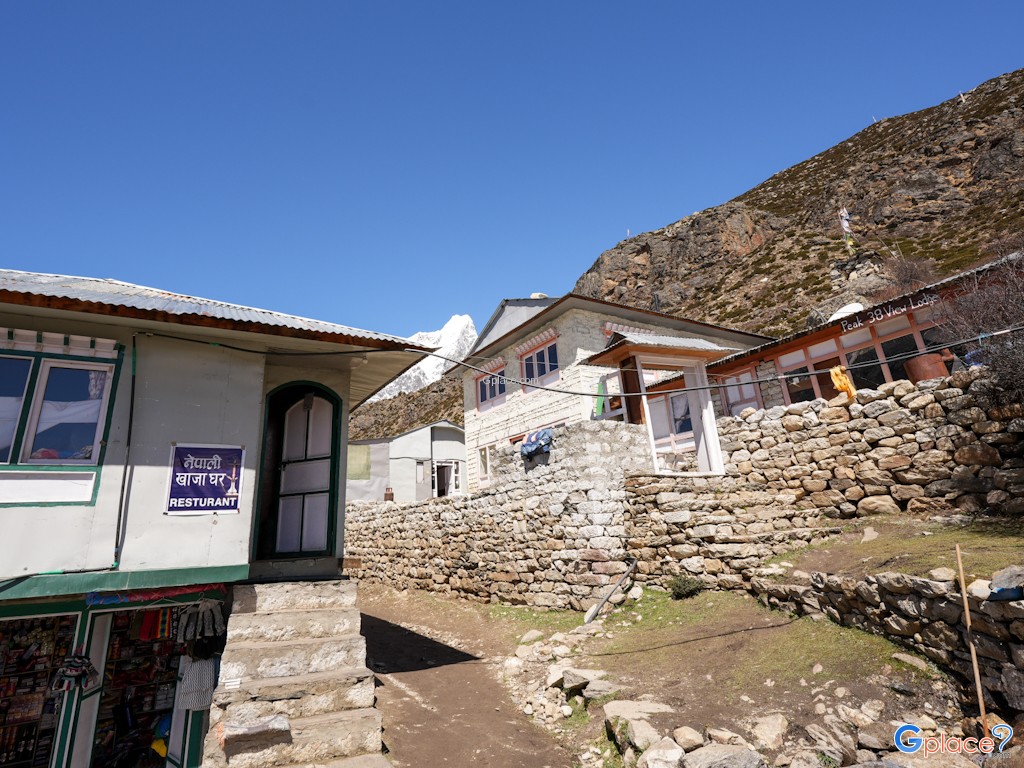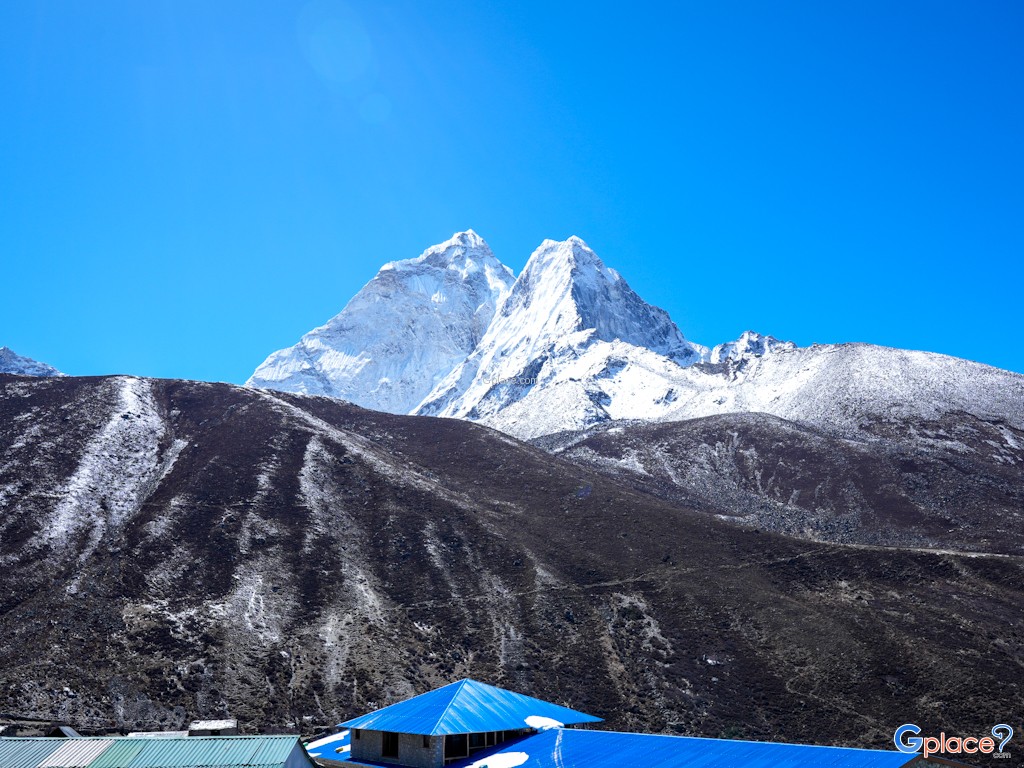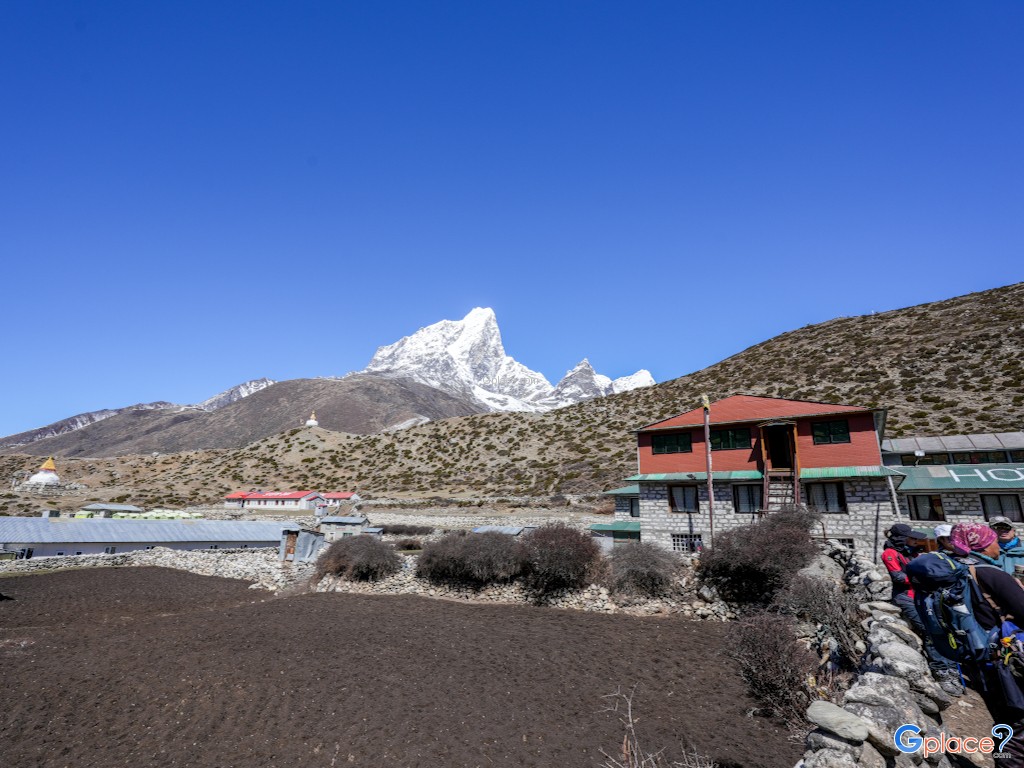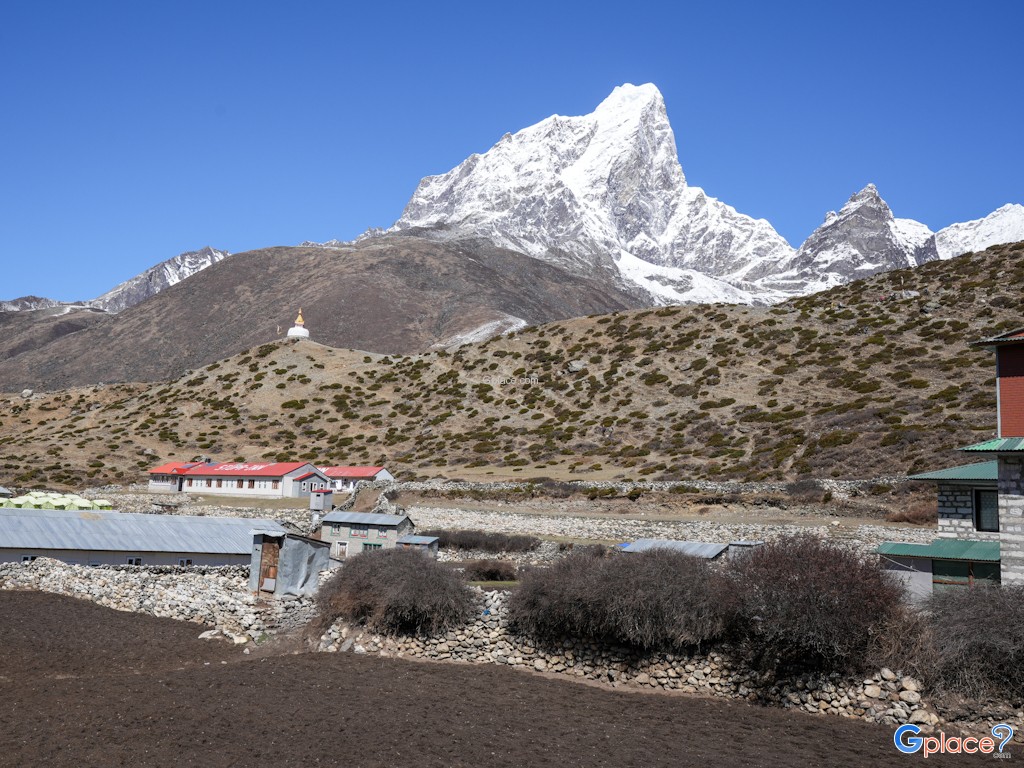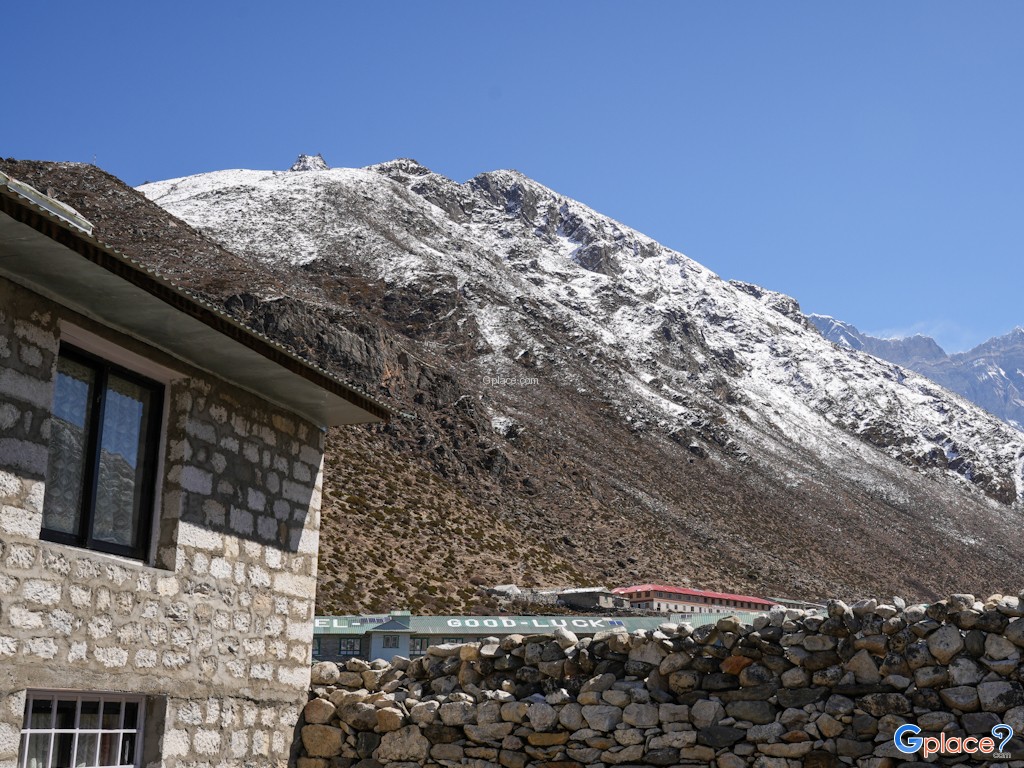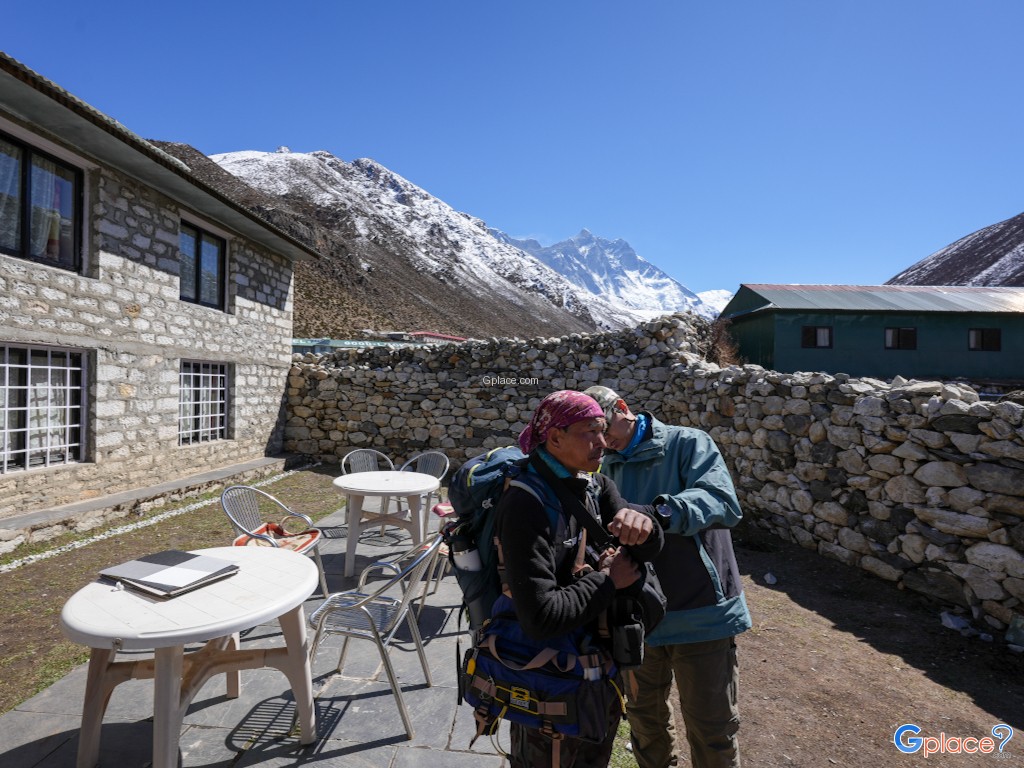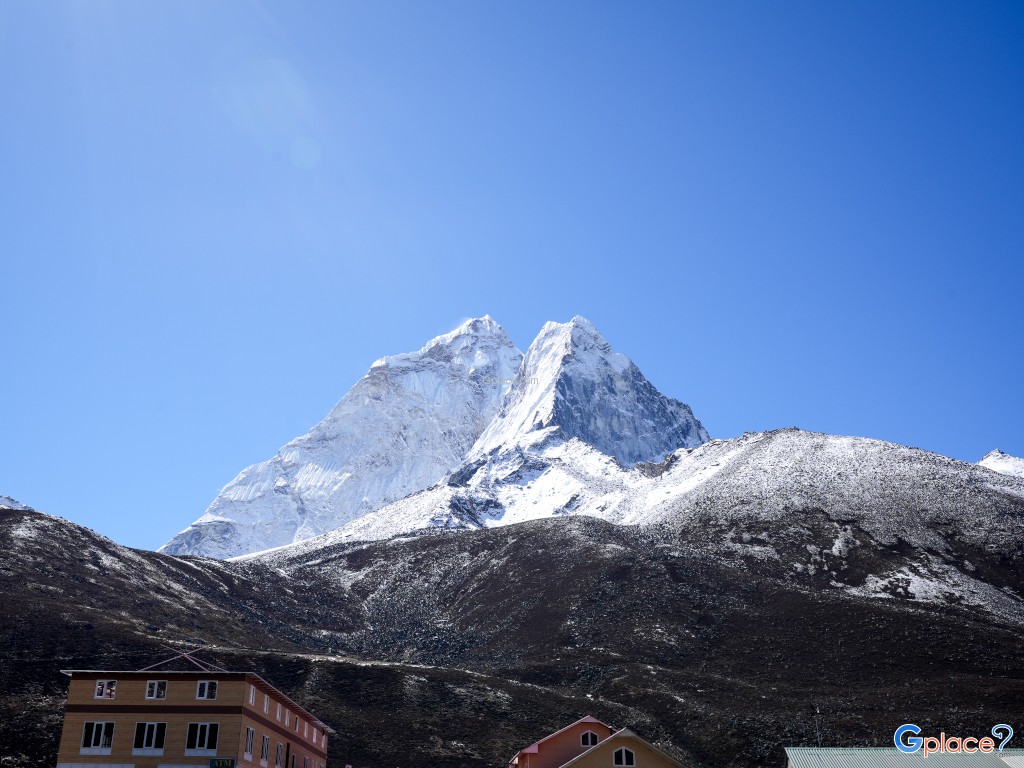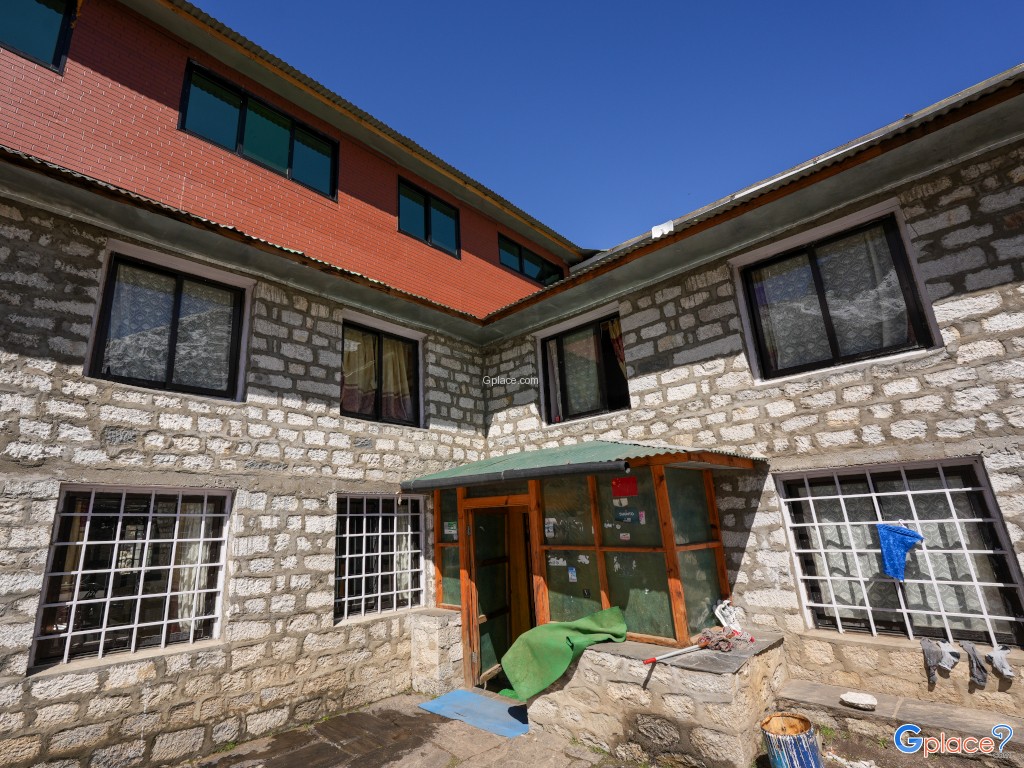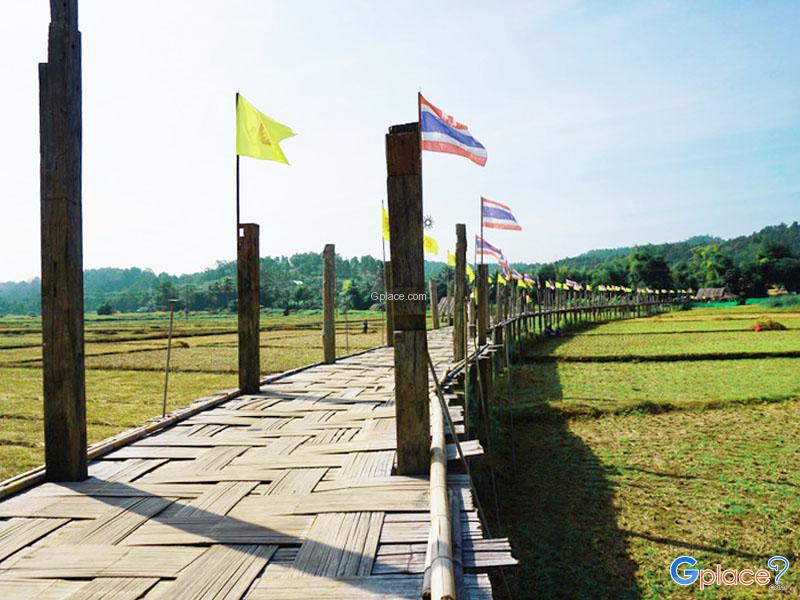“A picturesque village above 4,000 meters offering spectacular Himalayan scenery and acclimatization for trekkers.”
Dingboche Village is a serene mountain settlement situated at an altitude of approximately 4,410 meters (14,470 ft) in the Chukhung Valley of Solukhumbu District, within Koshi Province, Nepal. It lies on the popular trekking route to Everest Base Camp and is often used as an acclimatization stop for trekkers heading further up to Lobuche, Gorakshep, and ultimately to EBC.
The village is surrounded by dramatic Himalayan peaks such as Ama Dablam, Lhotse, and Island Peak. With its open fields enclosed by stone walls to protect crops from the cold wind and wild animals, Dingboche is also known as the “Summer Valley” of the Khumbu Region.
It features several teahouses, bakeries, and internet cafes, making it one of the more comfortable places to stay at high altitude. The presence of a satellite clinic by the Himalayan Rescue Association also makes it a critical medical checkpoint on the trail.
Trekkers often spend two nights here to adapt to the altitude, with popular acclimatization hikes including Nagarjun Hill and Chukhung Ri, offering panoramic views of the surrounding peaks. The tranquil beauty, alpine lifestyle, and unfiltered mountain air make Dingboche a spiritual retreat for nature lovers.
How to Get There
To reach Dingboche, fly from Kathmandu to Lukla Airport, then trek for several days along the Everest Base Camp trail, passing through Phakding, Namche Bazaar, Tengboche, and Pangboche before arriving in Dingboche.
Travel Tips
-
Spend at least two nights for acclimatization.
-
Carry layers and gear suitable for freezing temperatures.
-
Don’t miss the sunrise views from nearby ridges like Nagarjun Hill.
-
Bakeries offer surprisingly good coffee and treats—great for recovery.
Admission Fee
- No entrance fee is required. However, trekking permits (TIMS and Sagarmatha National Park Permit) are mandatory.
Opening Time
- Accessible year-round but best visited from March to May and September to November during trekking seasons.

















